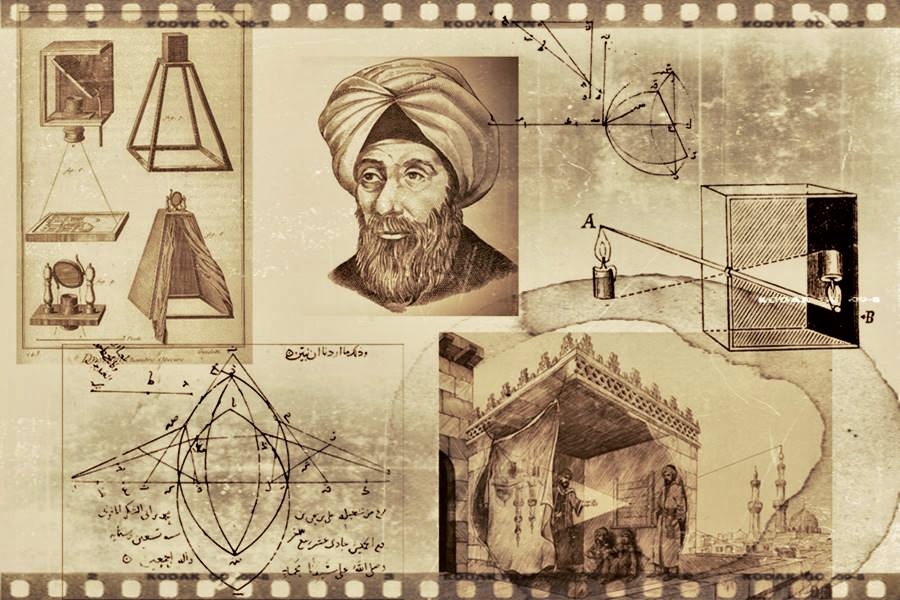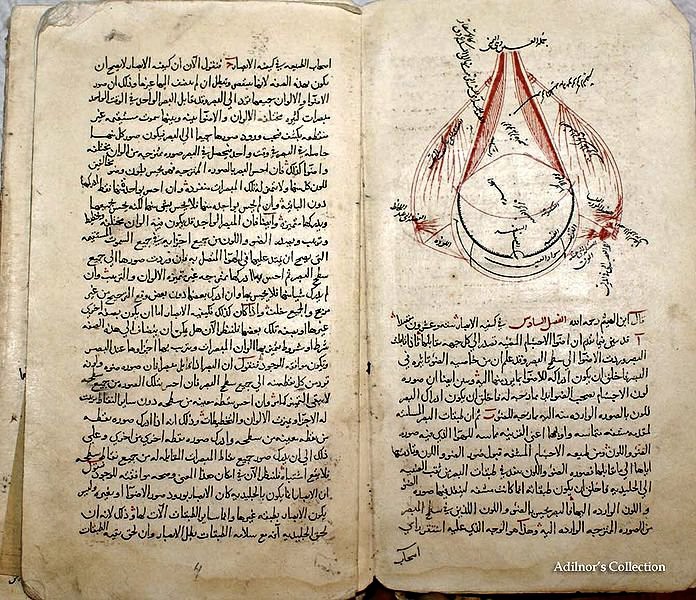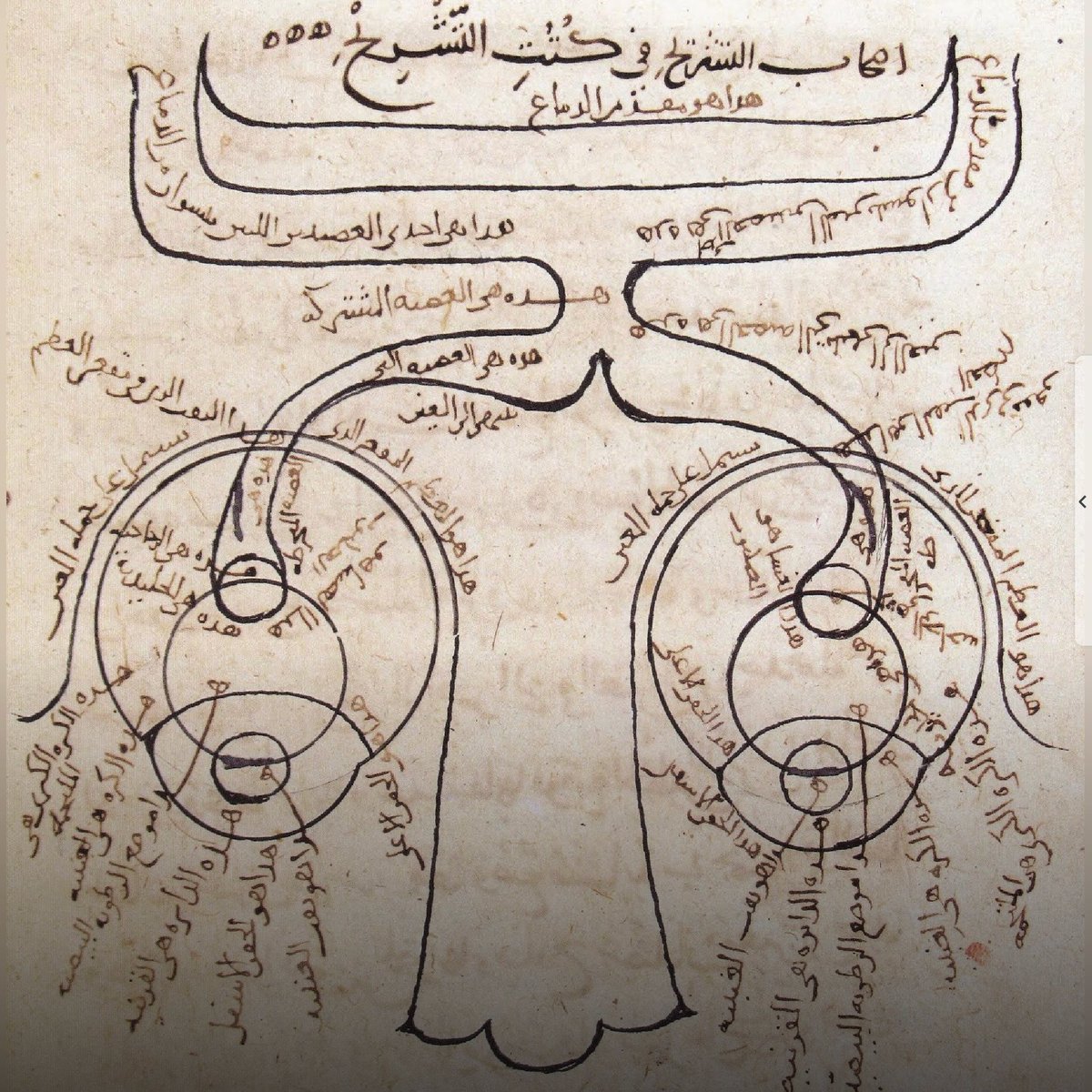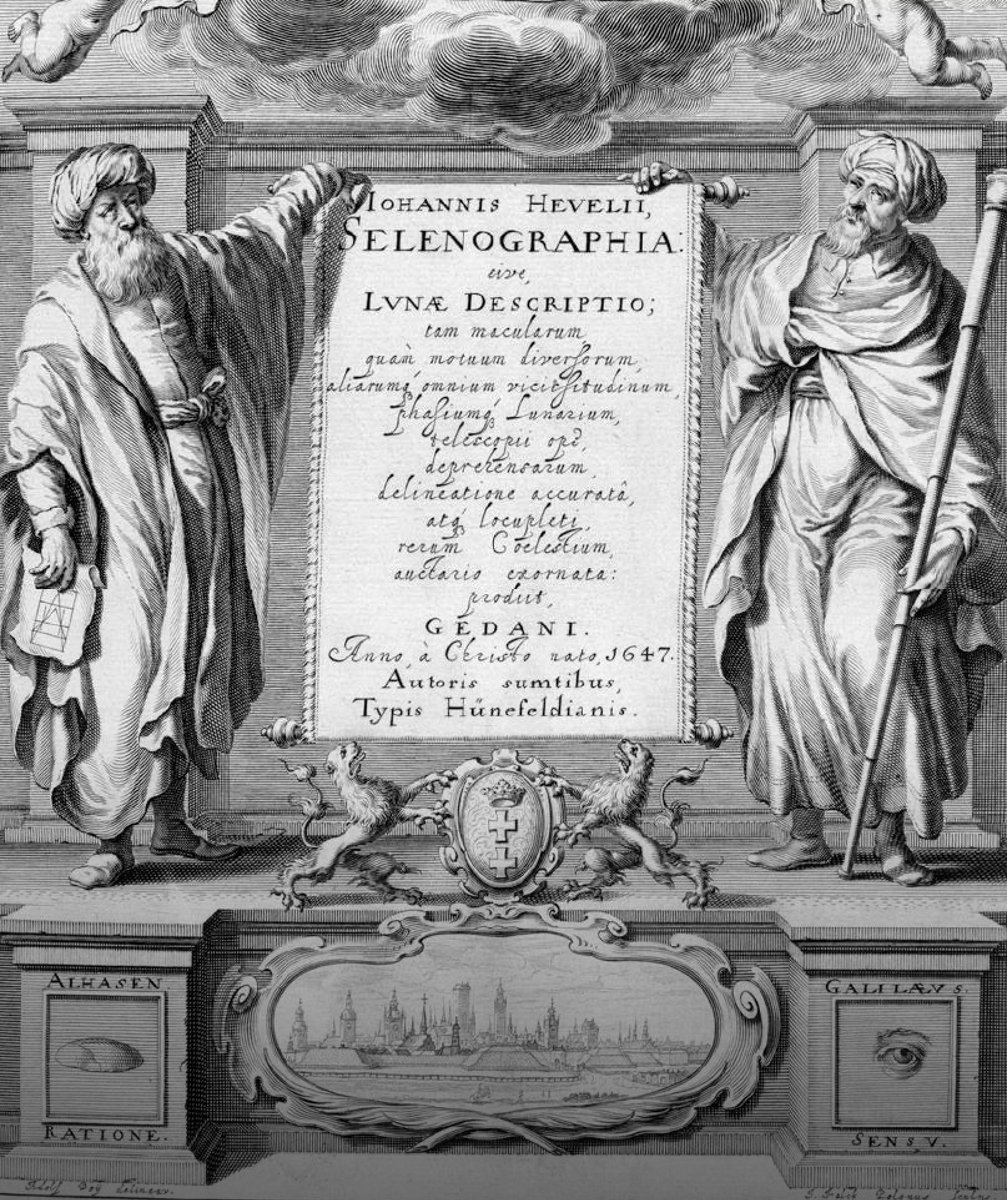Introduction
In today’s age, the act of capturing transient life moments using smartphones and digital cameras is an instinctive ritual. Yet, the origins of this technological marvel find their genesis in the visionary work of a brilliant 10th-century Muslim scientist, Ibn al-Haytham. Hailing from Basra, Iraq, around 965 AD, al-Haytham, also known as Alhazen, emerged as a luminary ahead of his time, gifting the world with the precursor to contemporary digital photography – the camera obscura.
Within the confines of his groundbreaking experiments, al-Haytham ingeniously crafted the camera obscura, a device that projected external scenes onto an interior surface. This device synonym to his profound understanding of optics, foreshadowed the modern digital camera. However, his contributions went beyond mere invention; they reshaped our comprehension of light and vision, planting the seeds for the advancement of optics and photography as we know them today.
By unraveling the intricate mechanisms of light as it navigated through his self-created “Dark House,” al-Haytham pioneered a new era of exploration. His relentless pursuit of knowledge propelled him to dissect the human eye, unveiling its intricate anatomy and processes. This laid the cornerstone for future breakthroughs in understanding vision.
Alhazen’s magnum opus, the “Book of Optics,” emerged as a beacon of enlightenment, encapsulating his exhaustive research and discoveries. Through this work, he etched his name in history and left an indelible mark on science. This profound legacy traversed continents and centuries, influencing the European Renaissance and luminaries such as Leonardo da Vinci, Johannes Kepler, and Roger Bacon.
A Scientific Pioneer Ahead of His Time
Alhazen was far more than an inventor; he was a pioneering scientific thinker who reshaped our understanding of light and vision. His insatiable curiosity led him to explore the behavior of light as it entered a dark room, which ultimately led to his monumental breakthroughs. By meticulously observing light’s interaction with the surroundings, he embarked on a journey that would redefine the scientific landscape.
The Book of Optics: Illuminating the Path
Ibn al-Haytham’s intellectual contributions culminated in his influential work, the “Book of Optics,” completed around 1027. This magnum opus comprised not just this groundbreaking discovery, but a comprehensive exploration of optical phenomena. With a staggering repertoire of 96 books, the “Book of Optics” – or “Kitab al-Manazir” – emerged as a timeless cornerstone of knowledge. Its profound impact on the world of science was further amplified by its Latin translations, which spread his insights far and wide.
Decoding the Eye: A Glimpse into Vision
Among al-Haytham’s many accomplishments was his detailed study of the human eye. His meticulous dissection of the eye’s structure led to the identification and naming of crucial components. His intricate sketches, preserved in the “Book of Optics,” depicted the intricate interconnectedness between the eye and the brain. Through his meticulous dissection and analysis, he unraveled the mysteries of vision, setting the stage for future revelations.
The Dark House: Birth of the Camera Obscura
Al-Beit Al-Muzlim, the “Dark House,” was al-Haytham’s experimental chamber where his pioneering ideas converged. Within this dimly lit room, he observed light’s behavior through a small aperture, discovering that an image from outside was projected onto a wall within. This darkened room, the precursor to the camera obscura, marked a pivotal point in history. “Camera obscura,” Latin for “dark chamber,” encapsulated the essence of this phenomenon: a dark room or box with a small aperture through which light entered and projected an image within.
Reflections and Refractions: A Journey into Optics
Al-Haytham’s curiosity knew no bounds as he delved into the intricacies of light’s behavior. His experiments with lenses and mirrors yielded profound insights into reflection and refraction. Through systematic experimentation, he concluded that light refracted as it traversed different materials, providing a deeper understanding of the fundamentals of optics. These discoveries paved the way for the development of lenses and optical instruments, a critical foundation for modern photography.
Egypt: The Cradle of Discovery
Al-Haytham’s time in Egypt proved to be a turning point in his scientific journey. Amid the rich tapestry of this ancient land, he refined his understanding of light and vision. It was here that he experienced his defining moment: while secluded in a dark room, he noticed a luminous image on the wall – an image of the outside world. This revelation triggered a series of experiments that unveiled the mechanics of this phenomenon: light’s reflection off external objects, passage through a small aperture, and the projection of an image. This phenomenon mirrored the process of human vision, drawing parallels between the “Dark House” and the human eye.
The Legacy of a Visionary
Ibn al-Haytham’s legacy extended beyond his time. His relentless pursuit of knowledge and empirical approach resonated across centuries and continents. After his passing in 1039, his “Book of Optics” transcended language barriers through Latin translations, shaping the Renaissance in Europe. Visionaries like Leonardo da Vinci, Johannes Kepler, and Roger Bacon drew inspiration from his methods and insights. Al-Haytham’s work acted as a bridge between ancient wisdom and modern progress, illuminating the path for future scientific exploration.
The Unveiling of Vision: Alhazen’s Enduring Impact
In a world captivated by selfies, family photos, and breathtaking landscapes, it’s essential to recognize the remarkable journey that brought us here. Ibn al-Haytham’s pioneering spirit, meticulous observations, and relentless pursuit of understanding light and vision have left an indelible mark on history. His exploration of the camera obscura laid the foundation for modern photography, revolutionizing the way we capture and preserve life’s most cherished moments. As you snap that selfie or capture the essence of a family gathering on your smartphone, take a moment to reflect on the visionary Muslim scientist who paved the way for these incredible innovations – Ibn al-Haytham, the father of optics and photography.
Conclusion
The story of Ibn al-Haytham serves as a reminder that innovation knows no bounds. In the midst of the 10th century, he unraveled the mysteries of light and vision, and his discoveries continue to shape our world today. From the “Dark House” to the camera obscura, from ancient manuscripts to digital pixels, his journey embodies the essence of human curiosity and the unending quest for knowledge. As we celebrate the marvels of modern photography, let us also pay homage to the brilliance of Ibn al-Haytham, the visionary scientist who ignited the flame of discovery that continues to burn brightly in our age.
All Images Courtesy: Bayt Al Fann via twitter
12/ Ibn Haytham was the first to explain that vision occurs when light reflects and bounces off an object & then passes to one’s eyes. So the next time you use your smartphone to take a selfie, a breath-taking scene or a photo at a family reunion, just remember that Ibn Haytham,… pic.twitter.com/sP12Y2xeSo
— Bayt Al Fann (@BaytAlFann) August 19, 2023

Contributor









